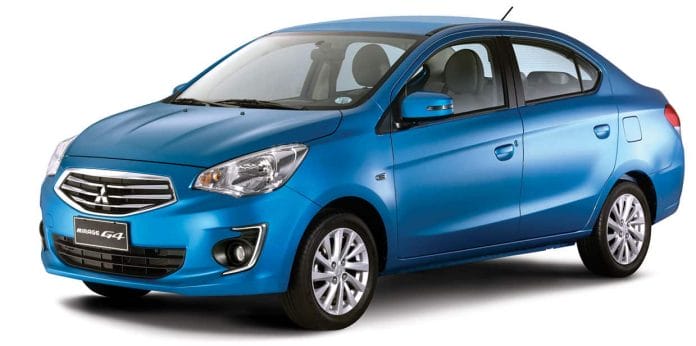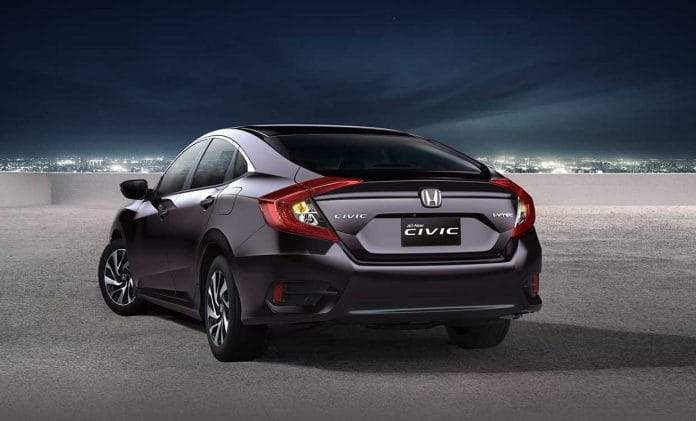With the passing of the Tax Reform for Acceleration and Inclusion (TRAIN) into law last January 1, 2018, it sets into motion a comprehensive change in the country’s taxation structure, including one that governs new vehicles.
As a refresher, the previous excise tax for new vehicles shifted from an engine displacement-based system to a value-based system that uses the Net Manufacturer’s Price (landed cost + importation duties and taxes) or Cost of Goods Sold (COGS) as basis. This system was in use since the late 1990’s.
Below P600,000 – 2 percent
P600,000 to P1,100,000 – P12,000 + 20 percent in excess of P 600,000
P1,100,000 to 2,100,000 – P112,000 + 40 percent in excess of P 1,100,000
P2,100,000 and over – P512,000 + 60 percent in excess of P 2,100,000
With the new tax law, it changes the new vehicle excise tax. And while it retains the four-tier structure, it has different delineations:
P600,000 and below – 4 percent
Above P600,000 to P 1,000,000 – 10 percent
Above P1,000,000 to P 4,000,000 – 20 percent
Above P4,000,000 – 50 percent
Interestingly, under the new excise tax, Electric Vehicles or EVs are exempted (for environmental incentives) and so are pickup trucks (to spur the agricultural sector). Excise tax on hybrids have been reduced to half compared to their non-hybrid counterparts.

Assuming all factors aside from excise tax remains constant, it’s now possible to take a look at how TRAIN affects the pricing of certain vehicles.
Pickup trucks definitely benefit the most with a Suggested Retail Price (SRP) that could go down by as much as 20 percent for leisure truck models. Other more mainstream pick-ups, such as the Ford Ranger Wildtrak and Toyota Hilux sees a reduction of about 10 percent. It won’t be insane to think that upcoming products such as the Ranger Raptor will take advantage of this as well.
In the hybrid category, luxury hybrids in the P4 million-range such as various Lexus models will see the biggest drop in prices. Sadly, more mainstream models such as the Prius don’t drop much in price. Digging deeper and looking at two Lexus RX models: the non-hybrid RX 350 F-Sport and the RX 450h shows that even by having the excise tax, it won’t make the hybrid model cheaper. Yes, the SRP goes down some 20 percent, but it’s still P4,848,000 versus P4,708 for the conventional engine model.

Removing all pickup trucks, EVs, and hybrids, TRAIN sees vehicles priced in the P1.4 million to P2 million range (as of December 2017) affected the most with cars such as the Honda Civic RS Turbo Toyota Corolla Altis 2.0 V getting hit the most.
Vehicles priced below P1.4 million (as of December 2017) just sees a single-digit increase, while other above P2.5 million (as of December 2017) actually sees a price drop with the “trench” being in the range of Land Cruisers and Nissan Patrol Royales.

However, as the Net Manufacturer’s Price hits around P4 million (these are the vehicles with an SRP that’s typically in the P7.3 million range), the wave starts going up again and these vehicles could actually see a price increase.
As the suggest retail price goes up though, the wave start to flatten once more. Seven-digit cars such as vehicles in the Bentley, Ferrari, Lamborghini, and Rolls-Royce range will see even bigger savings under the new tax structure when compared to the previous one.

Based on this data, it’s clear that TRAIN affects some car buyers more than others. If you’re thinking of buying a car in the P1.4 million to P2 million range that haven’t implemented their new prices yet, now is the best time to get those. These are the brands that will most likely have to adjust their SRPs to cover for the increase in tax. Meanwhile, if you’re on the fence whether you should get a mid-tier Audi, BMW, Mercedes-Benz, or Volvo (or ultra-expensive cars), it might be a good idea not to rush that purchase, especially if your finances are going to be more fleshed out in a few months time.

